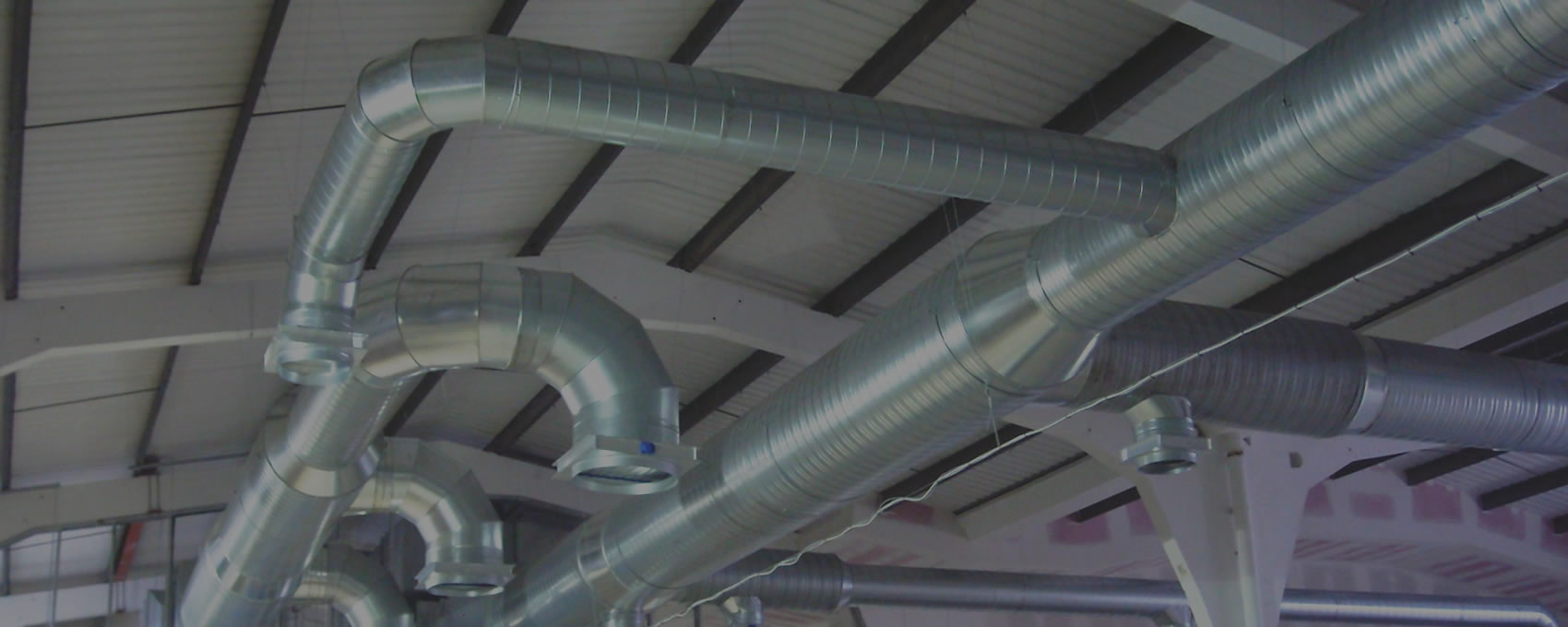In the dynamic landscape of the digital world, web design websites stand as the quintessential platforms shaping the aesthetic and functional facets of the internet. Over the years, they have evolved from mere repositories of templates to vibrant communities fostering creativity, innovation, and collaboration Webdesign Websites among designers and developers worldwide.
Genesis: The Functional Foundations
In the nascent days of the internet, web design websites primarily served utilitarian purposes. They offered basic templates, HTML guides, and tutorials catering to individuals and businesses venturing into the realm of online presence. Sites like GeoCities, Angelfire, and Tripod laid the groundwork by providing easy-to-use tools for constructing rudimentary web pages.
Rise of the Builders: Template Marketplaces
As the demand for more sophisticated websites grew, template marketplaces emerged as pioneers in democratizing web design. Platforms like ThemeForest, TemplateMonster, and Wix introduced extensive libraries of pre-designed templates, empowering users to create visually appealing websites without the need for coding expertise. This shift marked a pivotal moment, making professional-grade design accessible to a broader audience.
The Age of Frameworks and CMS
With the rise of content management systems (CMS) like WordPress, Joomla, and Drupal, web design websites began incorporating robust frameworks and themes tailored for specific industries and purposes. These platforms revolutionized the way websites were built and managed, offering scalability, customization options, and integration capabilities. Designers now had the flexibility to focus on crafting unique user experiences while leveraging the power of CMS backbones.
Community and Collaboration: The Modern Paradigm
In recent years, web design websites have evolved beyond being mere repositories of templates and tools. They have transformed into vibrant communities fostering collaboration, knowledge sharing, and inspiration. Platforms like Dribbble, Behance, and GitHub serve as hubs where designers showcase their work, seek feedback, and collaborate on projects, fueling creativity and innovation.
Embracing Diversity and Inclusivity
Another notable trend in contemporary web design websites is the emphasis on diversity and inclusivity. Designers are increasingly conscious of creating accessible and user-friendly experiences that cater to a diverse audience. This shift is reflected in the proliferation of inclusive design resources, accessibility guidelines, and toolkits aimed at making the web more welcoming and inclusive for all users.
The Future: AI and Beyond
Looking ahead, the future of web design websites holds exciting prospects fueled by emerging technologies like artificial intelligence (AI), augmented reality (AR), and virtual reality (VR). AI-driven design tools promise to streamline workflows, automate repetitive tasks, and unlock new creative possibilities. Meanwhile, AR and VR are poised to revolutionize user interfaces, offering immersive and interactive experiences on the web.
Conclusion
From their humble beginnings as repositories of templates to vibrant communities driving creativity and innovation, web design websites have undergone a remarkable evolution. They have democratized access to professional-grade design tools, fostered collaboration and knowledge sharing, and embraced diversity and inclusivity. As we journey into the future, these platforms will continue to shape the digital landscape, pushing the boundaries of creativity and redefining the possibilities of web design.…





